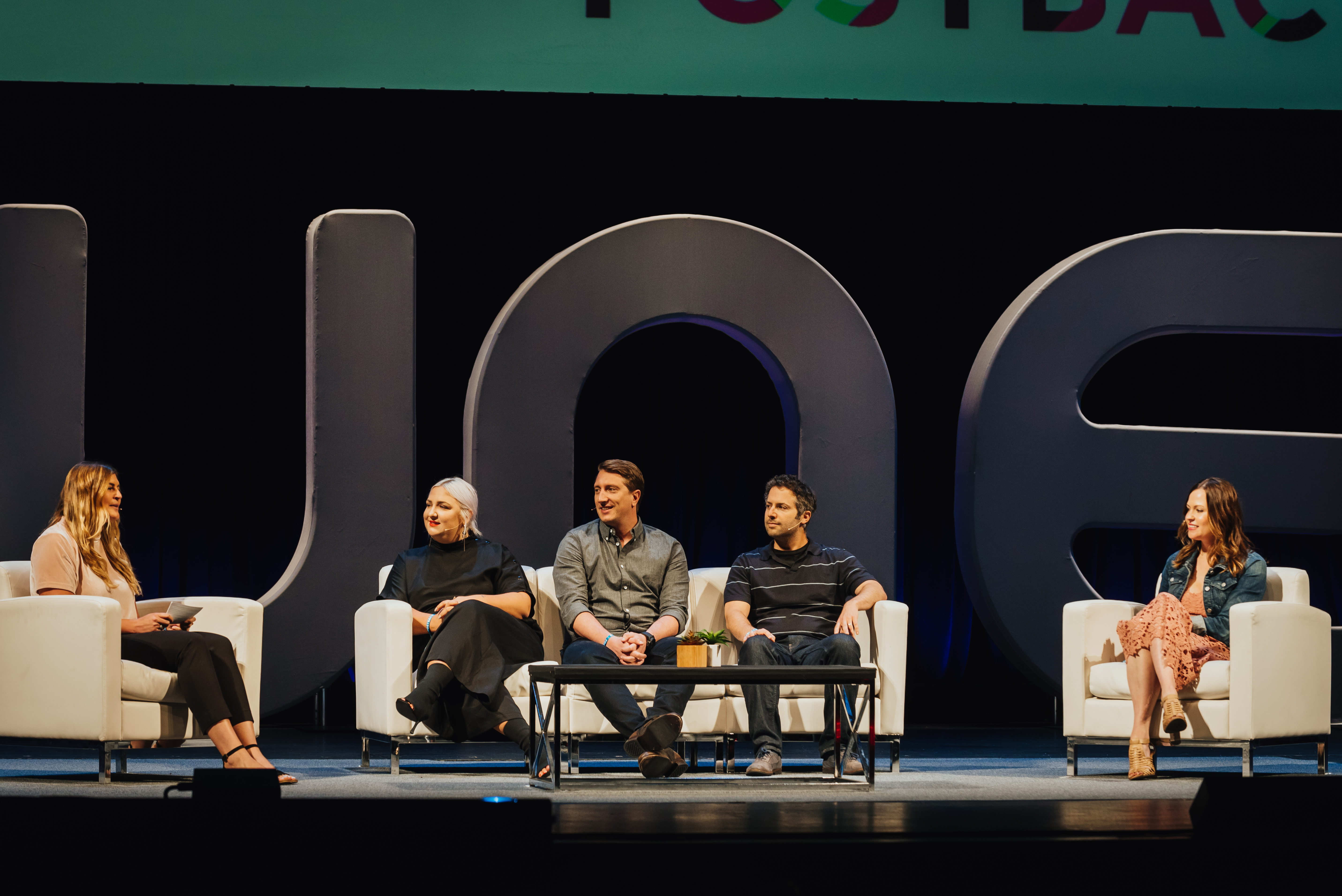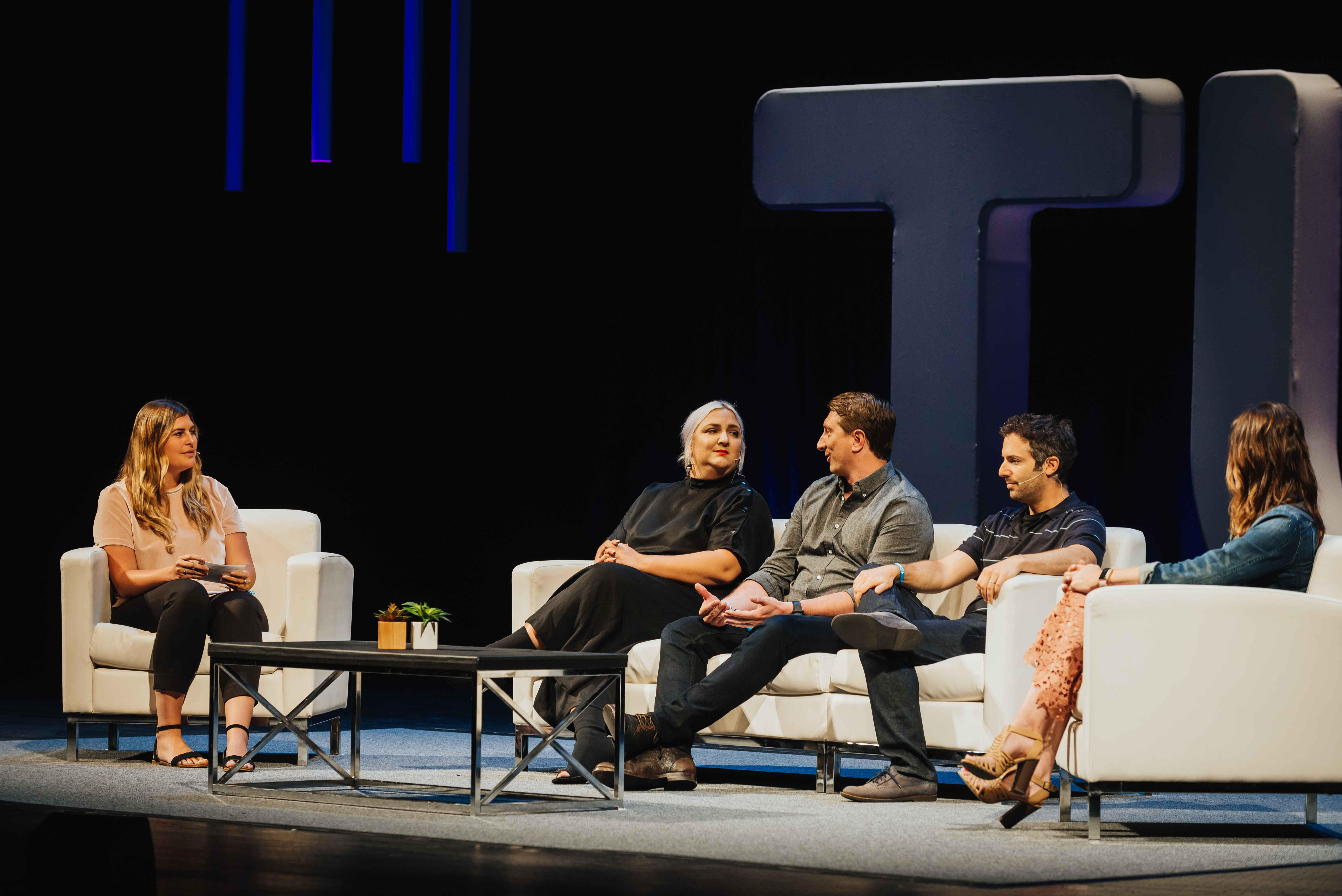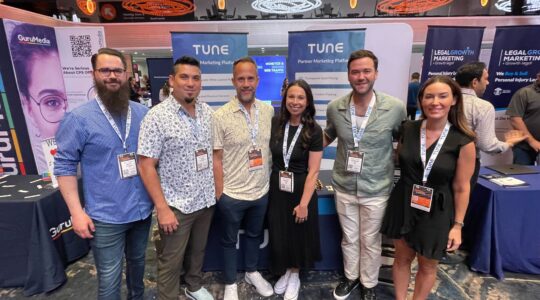
Image by Laurel McConnell Photography
Have you ever thought about managing ad partnerships directly? What decisions are leading you to make the leap? Or, what are your biggest hesitations? As you’re faced with these considerations, take a look at your top traffic-driving relationships: What don’t you know? What tools and data do your marketing partners need to drive incremental growth?
In days past, it was the job of your affiliate networks to supply you with these answers. However, you might be surprised to learn that many modern brands like eBay and Microsoft are managing their top partners directly and seeing immense benefit.
Challenges accompany every new program, but companies are evaluating their partners on an even playing field and in tandem using modern marketing tech platforms to do so. In addition, test-to-learn models are becoming the new norm as we continue unfolding the capabilities of marketing technology platforms.
It’s safe to say there are many factors to consider when migrating in-house, but there are also a number of pros that outweigh the cons. This Postback session welcomed an array of speakers from large companies to agencies, each with new ideas, solutions, advice on overcoming challenges and what to do with all your newly acquired data.
Question: What is an ad (or performance) partnership?
Lindsey Vreeland, Global Online Partnership Marketing, Microsoft: “It’s not a one all be all that defines an ad partnership. For us, we measure things in specific guidelines. In an ideal world, I’d like to get to a place where we’re really working with partnerships in all areas of the funnel with different KPIs for each of them.”
|
Matt Wool, General Manager, Acceleration Partners: “We don’t think of partnerships as a specific channel, we think of it as a way to pay a partner and that partner can be in any variety of what you consider channels. For us, what matters it the relationship has four specific elements: Payment, Transparent Relationship, Ongoing Relationship, and Tracked.”
|
Marie Langhout-Franklin, Head of Partner Marketing, eBay: “Affiliate is just a way to pay people, and partnerships are the actual nature of the relationship. We think of PR and regional marketing as extensions of partnership arms. Yes it’s a CPA channel, but it’s also an offsite expression of our brand.”
|
Question: What decisions lead you to manage your partnerships in-house?
Lindsey Vreeland: “There are three issues and challenges that we are solving for:
Operational efficiencies: When we think about how large our program is and the reach that is has. We look at all of those efficiencies we have when we can just work with one platform vs. many platforms.
Global reach perspective: Consolidating and working with one that’s private, the Microsoft affiliate network allows us that global reach.
Type of partnerships we can work with: The limits we have when we’re working with a network persay vs. coming direct to Microsoft.
The cost model is important, but it’s not as big of a deal to us when we’re dealing with efficiencies and scale.”
|
John Claydon: “The cost model and cost saving models were probably one of the primary drivers initially to entice a lot of brands to look at SaaS solutions or alternatives to networks. I don’t think it’s the case at this point – it’s technology, it’s the efficiencies that are gained. Price really doesn’t have as much of an effect with brand decisions.”
|
Marie Langhout-Franklin: “It’s about depth rather than breadth. It’s about expanding partnerships at scale, which was a big strategy a few years ago, but now it’s about how we can go deeper with our existing partners that we work with.”
|
Question: What challenges come with having everything in-house?
John Claydon: “I think a lot of brands struggle with the actual management of a program when they to take it in house. The reality is: Affiliate is not a channel that can be run programmatically, it’s a people based business . It’s very challenging to build a large enough team in-house and manage the program effectively if you’re running a large business.”
|
Marie Langhout-Franklin: “With a business as big as eBay, there are two big challenges: Accountability to spend and operationally:
Accountability to spend (which creates an operational problem): We have to manage very, very closely. It’s a core part of our business. For us, we can bring a mature tracking and accountability to spend to the table, which is really meaningful.
Operationally: We have a really great benefit of managing everything in-house for the most part, in the sense that we can express our brand the way we want to. It creates a very straightforward story for that. The challenge is we’re a massive company and efficiency of marketing dollars is a hot topic.”
|

Question: How are agencies taking a strategic approach to managing these programs for (small and large) companies?
Matt Wool: “We have clients saying “we’ve got all these different pods of money and KPIs – shouldn’t we be moving towards a world where there is one model price for transaction?” Well then, let’s just consolidate all of it because ultimately there shouldn’t be different KPIs for everyone. If you’re partnering with these people to help you make money, should you really be looking at them through different lenses with all different KPIs or should we try to consolidate it and track it and manage it in a more centralized fashion? That has been an interesting evolution – for large companies it’s a lot harder.”
|
Marie Langhout-Franklin: “Affiliate and partnerships are inherently so bottom funnel, as a team, we have to actively break that mindset. For us, it’s a lot about working internally to communicate we are involved in both ends of the funnel. It’s inherent in our culture, especially in a company of our size and this age, in the sense that a third-party couldn’t necessarily come in as easily and navigate that conversation.”
|
Question: How do you get stakeholders to buy-in on the newer testings?
Marie Langhout-Franklin: “A lot of it is relationship building internally. At the end of the day, we’re a business that is super focused on results. Failing fast and fast outcomes. We are hyper-competitive retail environment right now and it’s important to lead with that data and talk about efficiency of that dollar spent. Lead with outcomes first.”
|
John Claydon: “It’s an educational process for every client or team we work with. Performance marketing channel has a bad reputation around most marketing executives. A big part of our battle and working with any brand and working with any client is trying to advocate for the channel. The great thing is we have enough data to prove that. Historically, it was just kind of guessing and now we can point to figures, which is really helpful.”
|
Lindsey Vreeland: “We’re constantly taking a test and learn approach. I spend 50% of my time with this internal education, not only of what our program is but what we can do. Educating on the full funnel model we have, and why shouldn’t be viewed as just another channel. How we can utilize and move dollars around, as well as looking incrementally and what that means – what we’re doing to try and measure that and drive revenue. We’re also to the point where we have all of this great data and I have this unique technology vs. a network, I can actually use that data and put intention to it, but I have to think about how I go about doing that.”
|

Question: What metrics really resonate with brands?
Matt Wool: “There are a lot of partners who are working on the advertising partnership model. As the types of partners involved in this model are changing, I think a lot of the attribution issues are also changing because you’re seeing new models that didn’t exist in this world two, three or four years ago. “
|
Marie Langhout-Franklin: “Ebay has a perception problem. How do we talk about our new features and updates in our marketing in a more meaningful way that snaps heads back to eBay. There are constantly questions from the top of business about because we’re so bottom funnel, how do we look at our models around partner payments and decide how to better weight this.”
|
John Claydon: “New customers, LTV, the standard KPIs, also from an attribution standpoint, and first touch conversions.”
|
Question: How do you humanize all of the data being collected?
Lindsey Vreeland: “Because we have so many partners and we think about the reach that we have and what some of the goals might be, it depends on what the goal is at the time. It’s a balance of when do you dive deep into something and when do you need to understand the value of it and go look into the data. Depending on the goals and making gut decisions and when you need to dive deep or go with it.”
|
Matt Wool: “Data and optimization are very key, you have to be doing that. I actually think a lot of brands don’t pay attention to trying new stuff. Take a little bit of budget and try some new things. One of the great things about partnership channels, is there can be so much creativity and you can do so many awesome campaigns and come up with all sorts of great things. It’s not something you can plug into an algorithm and see what the outcome is going to be.”
|
John Claydon: “You never know how effective it’s going to be until you actually test it. It’s all hypothetical and it may work it may not work, but the cool thing is we the data to at least directionally tell us if it’s working or not. Testing frequently with a ton of new options and partners is something I think all brands should be doing.”
|
Marie Langhout-Franklin: “Sometimes we need to look beyond data, we stare at our belly buttons about what’s the next thing we’re going to do! You can’t just sit and look at nuances and data, you have to actually figure out that break through idea. In leadership, we have to figure out a way to fund that. We have to think about ways to create space for teams to think creatively. We’ve got to stay committed to that break through.”
|

Question: Advice for taking everything in-house?
Lindsey Vreeland: “Understand all of the technologies that are out there and the resources that you need to really evaluate what it takes to go through some sort of migration, and know what your objectives are.”
|
Matt Wool: “Think holistically: business development, affiliate, influencer, mobile – you’re all trying to do the same thing. Don’t think of it as different silos.”
|
John Claydon: “If you haven’t done it already, do it now or tomorrow.”
|
Marie Langhout-Franklin: “It’s easy to start with a list of everything you should do, but make sure you have a parallel list of everything you’re not going to do.”
|
So, what do you think? Are you already building your case to bring your marketing partnerships in-house? As you think about the tools and data you need to drive that incremental growth, be sure to listen in on the full panel discussion to pick up other noteworthy advice.
Author

Becky is the Senior Content Marketing Manager at TUNE. Before TUNE, she handled content strategy and marketing communications at several tech startups in the Bay Area. Becky received her bachelor's degree in English from Wake Forest University. After a decade in San Francisco and Seattle, she has returned home to Charleston, SC, where you can find her strolling through Hampton Park with her pup and enjoying the simple things in life.








Leave a Reply
You must be logged in to post a comment.